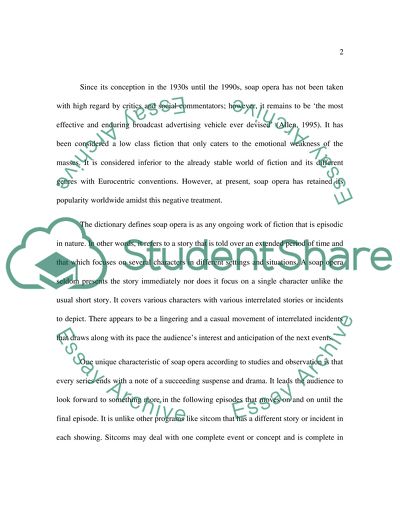Cite this document
(“Soap Opera Essay Example | Topics and Well Written Essays - 2500 words”, n.d.)
Retrieved from https://studentshare.org/sociology/1506116-soap-opera
Retrieved from https://studentshare.org/sociology/1506116-soap-opera
(Soap Opera Essay Example | Topics and Well Written Essays - 2500 Words)
https://studentshare.org/sociology/1506116-soap-opera.
https://studentshare.org/sociology/1506116-soap-opera.
“Soap Opera Essay Example | Topics and Well Written Essays - 2500 Words”, n.d. https://studentshare.org/sociology/1506116-soap-opera.


